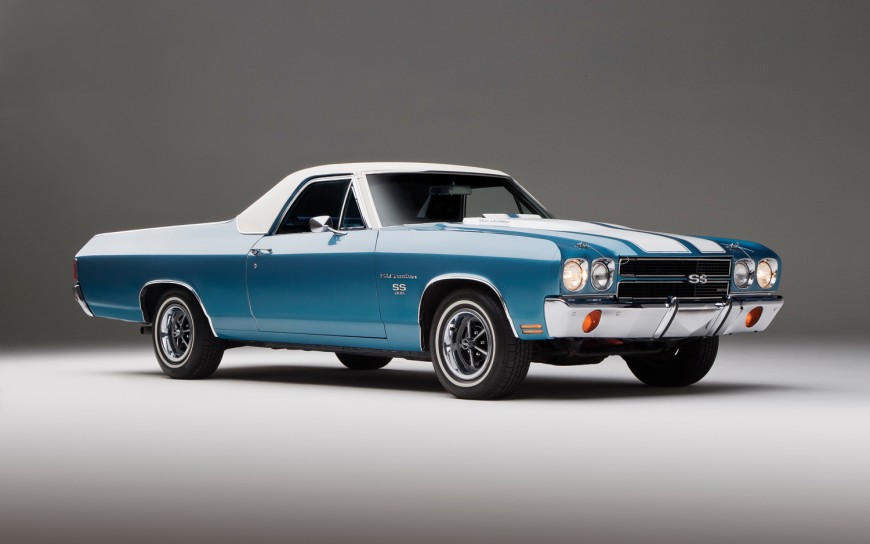The Chevrolet El Camino car covers 32 years of production can measure up against any other American keepsake, even King Kong who has been around for decades -contrary to how the movie ends. Just like with anything else that outlasts its' competition, the Chevrolet El Camino car covers originated as a conceptual design that directly challenged the Ford Ranchero, in the untapped market of utility coups that Chevy came to dominate. In 1955, Chevrolet car covers went all-in with the development of the 1959 Classic El Camino line up, which was constructed on the modified station wagon platform of the Brookwood. This was after Gm missed the mark with their coupe-styled trucks such as the Suburban Carrier and Cameo Carrier.
Chevrolet El Camino Car Covers Discover Appeal For Differentiation
The first model only lasted 2 years, roaring loud as a flamboyant competitor, but instead, it was not a widely received as they once thought it would. The classic second generation of Caminos still had to compete with the well-performing Ranchero, so Chevrolet reintroduces the El Camino but revamped it with the Chevelle platform that was a proven seller with wide-reaching appeal. While maintaining a sense of practicality, Chevy packed a 300 hp, 327 cubic inch V8 block in 1964, in which, sales skyrocketed. In just 12 months, Chevy bumped up the horsepower to 350, and later, up to 375 hp derived from a 396 V8 block.
El Camino Car Covers Discovers That HorsePower Equals Sales
In 1967, Chevrolet completely redesigned a few models of the El Camino and produced the 1968 El Camino SS 396, which was when Chevy first made the significant shift from utility car design to sporty ride with a 4 door design that made the car larger in size, but lighter in weight with the quad stack headlight style. The two wins, the Chevelle and Super Sport 396, used Chevys most powerful engine, the LS6 454 cubic inch engine that rated at 450 hp, perceived as very impressive by car enthusiasts of that time.
Chevrolet car covers Ushered In Change With Various New Innovations
Throughout the years, Chevy made additional improvements to the El Camino that improved the appeal of the classic vehicle, many times, changing the design to fit the current trend emerging. Like when in 1973, the most dramatic restructuring and restyling of the El Camino began.
Other times, Chevrolet had to adapt to bigger changes going with legislation. More specifically, the most prominent instance is when the government enacted a mandate that required manufacturers to construct engines that used lower-octane unleaded fuel for the first time. This causes all manufacturers to produce series of engines that were insufficient in terms of power and performance, with Chevrolet constructing a V8 454 engine in the fourth generation El Caminos that only produced 215 hp.
With the emergence of the catalytic converters that became standard, the problem of power was corrected, and moving forward, Chevy overcame the stumbling block and ushered in one generation after another or quality, stylish, bold and flamboyant El Caminos that are a renowned classic car of American history. That remained true, even after the discontinuation of the El Camino in 1987, at the hands of the very popular Chevrolet S-10 pickup that had begun a new trend in vehicles of its own. Even though the torch has been carried forward, the El Camino has a history of longevity and resilience that is the essence of what America continue to be built on.





